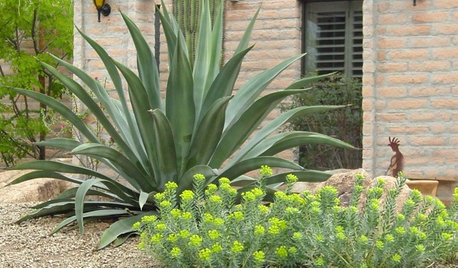Rose Rootstocks and characteristics
cuttingcollector
13 years ago
Featured Answer
Sort by:Oldest
Comments (10)
taoseeker
13 years agotaoseeker
13 years agoRelated Professionals
Clemson Landscape Architects & Landscape Designers · Amesbury Landscape Contractors · Davidson Landscape Contractors · Dunwoody Landscape Contractors · Hawaii Landscape Contractors · Oak Forest Landscape Contractors · Pleasant Hill Landscape Contractors · Rockwall Landscape Contractors · Teaneck Landscape Contractors · Irvington Landscape Contractors · Crowley Landscape Contractors · Memphis Roofing & Gutters · Phoenix Roofing & Gutters · Thousand Oaks Roofing & Gutters · Lake Forest Roofing & Gutterscuttingcollector
13 years agotaoseeker
13 years agocuttingcollector
13 years agodannypritchett01
13 years agocuttingcollector
13 years agobarry jaggers
8 years agocountrygirlsc, Upstate SC
8 years ago
Related Stories

WINTER GARDENINGPruning Secrets for Exquisite Roses
Encourage gorgeous blooms year after year with this time-tested advice on how to prune your rosebush in winter for health and shape
Full Story
GARDENING GUIDESWhat Kind of Roses Should You Grow?
Want to add the beauty of roses to your garden? Find out which ones, from old-fashioned to modern, are right for you
Full Story
GARDENING GUIDESGreat Design Plant: Rosa Banksiae a Low-Maintenance Beauty
This thornless, disease- and insect-resistant rose brings showers of white or yellow flowers to the spring garden
Full Story
GARDENING GUIDESHow to Spot a Drought-Tolerant Plant
Label? Who needs a label? Learn the characteristics of plants that can thrive in hot, dry conditions to help you pick the right ones
Full Story
RUGSKilim, Flokati, Beni Ourain, Boucherouite: What’s the Difference?
Get the global story you want for your floors by learning the origins and characteristics of rugs from around the world
Full Story
COLOROn Trend: Painterly Florals
Everything's coming up roses in home décor as flower patterns make a comeback
Full Story
GARDENING AND LANDSCAPINGLay of the Landscape: Mediterranean Garden Style
Earthy, lush and warmly welcoming, a Mediterranean garden can thrive in any warm-climate landscape with a few adaptations
Full Story
REMODELING GUIDESYour Floors: Zebra, Tiger, and Teak Wood, Oh, My!
Get the Pros and Cons of Exotic Woods: Hickory, Cherry, Rosewood and More
Full Story
EDIBLE GARDENSWhy Grow Quince? For Beauty, Fragrance and Old-Time Flavor
Delightfully perfumed fruit and lovely spring blossoms make this apple and pear cousin worth a spot in the garden
Full Story
GREEN BUILDINGOff the Grid: Siting and Building to Conserve Energy
Look to low-tech solutions for big energy savings when you’re constructing a home
Full Story






lookin4you2xist